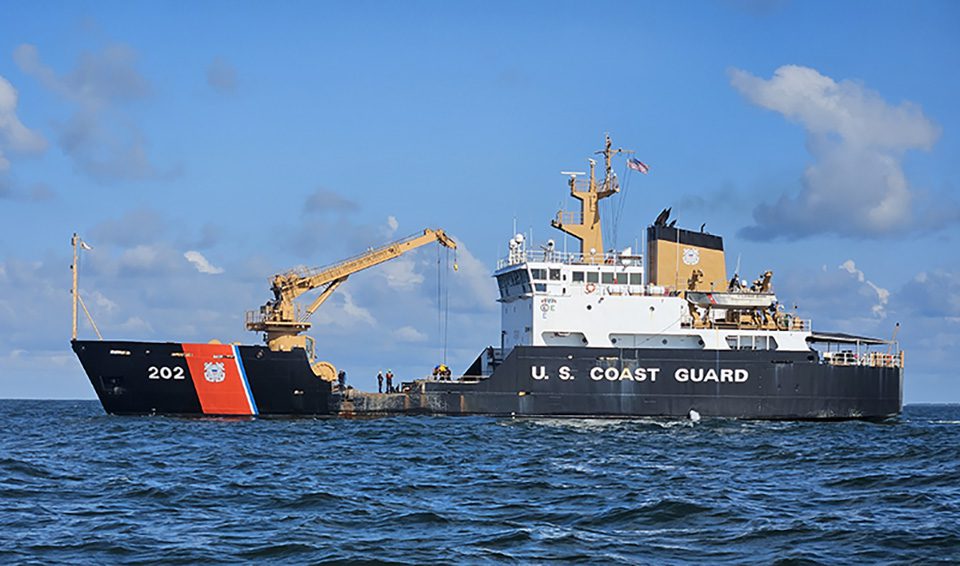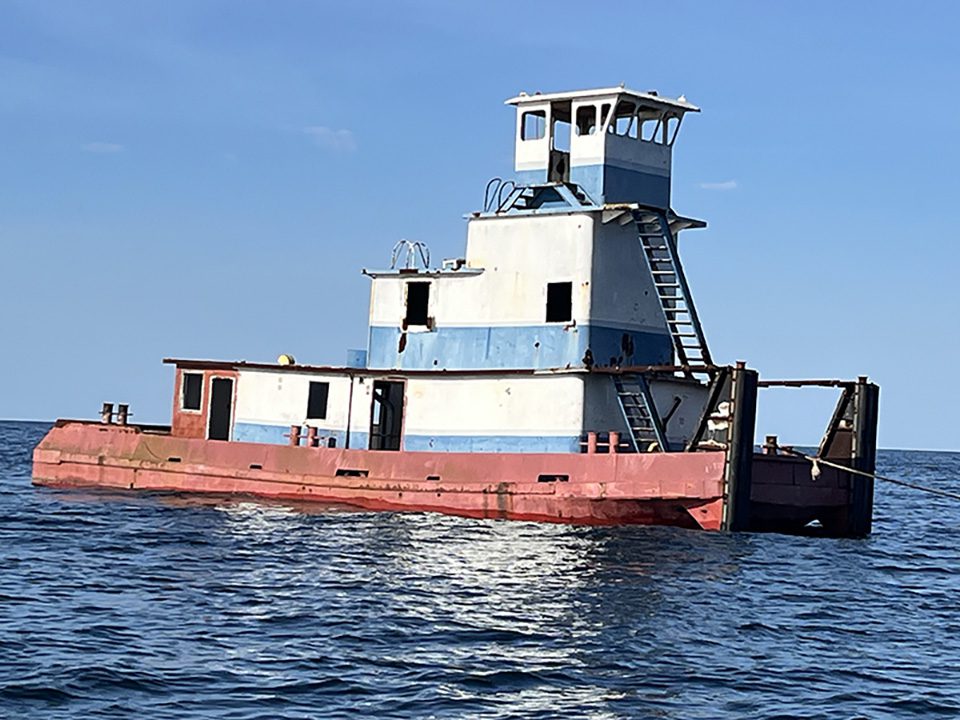
Anglers in coastal Georgia have a few new coordinates to plug in after three significant additions to the state’s offshore artificial reefs were sunk over the last few months.

Georgia’s Coastal Resources Division sunk two tugboats and deployed 63 tons of concrete blocks around existing reef installments in 40- to 80-foot depths. The installments are intended to enhance marine habitat, support local biodiversity and improve fishing. All materials were thoroughly cleaned and inspected by the U.S. Coast Guard prior to deployment.
Here are the details:
- The 62-foot-long tug Sarah Katlin was deployed to Reef JY on May 31, 17 nautical miles east of St. Catherines Island in 68 feet of water. 31.60667°N, 80.79922°W (31°36.400’N, 80°47.953’W)
- On June 5, the U.S. Coast Guard cutter Willow, a seagoing buoy tender, placed 63 tons of concrete block at Reef SAV about 6 nautical miles east of Tybee Island in 41 feet of water. These blocks had previously been used to anchor navigation aids.
31.92138°N, 80.78621°W (31°55.283’N, 80°47.173’W). - On June 6, the 50-foot tug G.A. Franklin was sunk at Reef HLHA, 23 miles east of Cumberland Island in 76 feet of water.
30.98958°N, 80.95315°W (30°59.375’N, 80°57.189’W).

“We are very happy with the success of these reef deployments,” said Paul Medders, CRD’s Habitat Enhancement and Restoration Unit lead. “Artificial reefs play a crucial role in enhancing marine habitats, supporting fish populations, and boosting recreational fishing opportunities. These additions will provide long-term benefits for our coastal environment and community. While the reef materials are man-made, the organisms that will find a home here are totally natural.”
The Coastal Conservation Association Georgia, a CRD partner, provided financial support to make the reef deployments possible. Members of the public can also show their support for artificial reef creation by purchasing the “Support Fish Habitat”license plate (Code “NR”) at their local tag office. This eye-catching tag features the state saltwater fish, the red drum, and costs just $25 more annually than a standard tag.